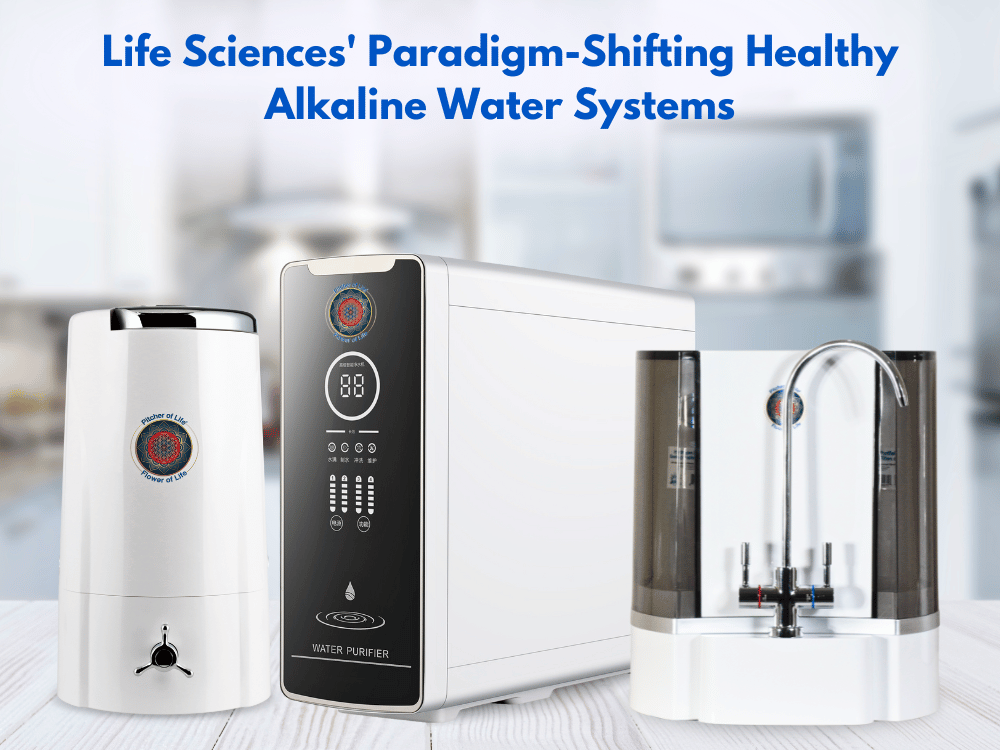Water is vital to our survival, yet when it harbors harmful contaminants, it poses a significant risk to our health. Despite its essential nature, contaminated water can quietly contribute to heart disease, a reality many ignore. In this article, we delve into the intricate relationship between water pollutants and heart health. We equip you with the knowledge necessary to safeguard yourself and your loved ones.
Environmental Factors and Heart Disease
Researchers both in the United States and abroad have uncovered the profound influence of environmental factors on our susceptibility to heart disease. Both short and long-term exposure to pollutants present in water and air can elevate the risk of heart attacks and ischemic heart disease, commonly known as coronary artery disease.
The Role of Particulate Matter (PM)
Particulate matter, particularly fine particles like PM2.5, can infiltrate deep into the lungs and enter the bloodstream. Prolonged exposure to PM2.5 has been correlated with an increased likelihood of cardiovascular diseases.

Heavy Metals:
Contaminants such as heavy metals found in drinking water can exert detrimental effects on long-term heart health. With toxic pollutants becoming increasingly pervasive in water sources, heart disease risk amplifies. Heavy metals can infiltrate the body through various avenues including contaminated water, air pollution, tainted food, and clothing.
Connection Between Heart Disease and Drinking Water Contaminants
Identifying Common Water Contaminants
Natural elements like minerals and man-made pollutants such as industrial waste and agricultural runoff can compromise water sources' integrity. Lead, arsenic, fluoride, and nitrates stand out as some of the most prevalent contaminants capable of jeopardizing heart health.
Pathways of Contamination
Water contaminants infiltrate our water supply through multiple avenues including groundwater, surface water, and water treatment facilities. For instance, aging pipes and plumbing fixtures can introduce lead into drinking water, while arsenic from groundwater poses its own health risks.
The insidious nature of Arsenic
Arsenic, a toxic element present in water and food sources, has been implicated in thickening the walls of the heart's main pumping chamber. This predisposes individuals to heart failure. Its prevalence, particularly in groundwater, underscores the need for heightened vigilance.

Lead: A Heavy Metal Hazard
Exposure to lead, a prevalent heavy metal in the environment, can precipitate cardiovascular failure by inducing high blood pressure, a significant risk factor for heart disease. Mitigating lead exposure across the lifespan is imperative for preserving heart health.
Cadmium destroys
Mounting evidence suggests that cadmium, a toxic metal ubiquitous in various products and environmental sources, poses a significant cardiovascular risk. From inducing endothelial dysfunction to promoting atherosclerosis, its adverse effects underscore the importance of proactive measures.

Investing in Heart Health: The Role of Water Filtration Systems
Embracing Water Filtration Technology
Investing in a water filtration system emerges as one of the most effective strategies for mitigating water contaminants risks. Whether through activated carbon filters or reverse osmosis systems, these technologies offer reliable means of ensuring clean, safe drinking water.
Choosing the Right Solution
When selecting a water filtration system for your home, considerations such as effectiveness, affordability, and ease of maintenance are paramount. Reverse osmosis systems, renowned for their ability to remove a wide array of contaminants, stand out as a popular choice among consumers. Learn More
Empowering Through Knowledge
Visit http://www.lifescienceswater.com to empower individuals to assess water quality and make informed decisions regarding filtration solutions. Our Life Sciences Reverse Osmosis Alkaline Water Systems are now available! Say goodbye to impurities, contaminants and hello to healthy alkaline mineral water. Our advanced filtration media is NSF 42 and NSF 61 Certified, ensuring the removal of chlorine, tastes, and odors, while guaranteeing the safety of the materials used in our filtration systems. Elevate your drinking water experience with our NSF-certified filters, where every sip is a journey of purity, safety, and wellness!
Conclusion: Prioritize Heart Health Through Clean Water Consumption
In light of the intricate interplay between water contaminants and heart disease, proactive measures such as investing in water filtration systems are imperative. By fortifying your household with clean, purified water, you not only enhance the taste and quality of your drinking water but also mitigate the risk of heart-related ailments. Protecting your heart begins with prioritizing water purity.

